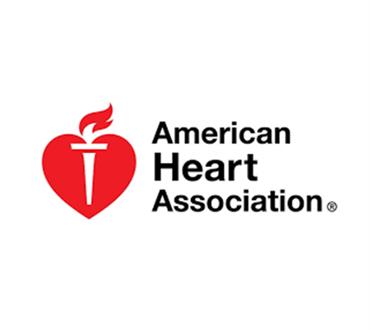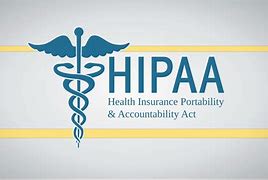As of July 1, 2024, California employers are required to have a customized written workplace…

AHA/ADA Confirms 2007 Endocarditis Recommendations
 In 2007, the American Heart Association (AHA) revised its evidence-based Guidelines for the Prevention of Infective Endocarditis, asserting its position on which patients should take precautionary antibiotics to prevent infective endocarditis (IE) before a trip to the dentist. The 2007 revisions significantly scaled back the underlying conditions for which antibiotic prophylaxis was recommended, leaving only a handful of categories thought to confer the highest risk of adverse outcome. Prior to 2007, the AHA recommended that patients with common heart conditions (see below) take antibiotics shortly before dental treatment to prevent IE.
In 2007, the American Heart Association (AHA) revised its evidence-based Guidelines for the Prevention of Infective Endocarditis, asserting its position on which patients should take precautionary antibiotics to prevent infective endocarditis (IE) before a trip to the dentist. The 2007 revisions significantly scaled back the underlying conditions for which antibiotic prophylaxis was recommended, leaving only a handful of categories thought to confer the highest risk of adverse outcome. Prior to 2007, the AHA recommended that patients with common heart conditions (see below) take antibiotics shortly before dental treatment to prevent IE.
In the April 15, 2021 Issue of Circulation, experts from the AHA, the American Dental Association, the Infectious Diseases Society of America, and the American Academy of Pediatrics conducted a research review from 2007 to the present and found no evidence that IE frequency, morbidity, or mortality has increased since 2007. Therefore, these experts “continue to recommend IE prophylaxis only for categories of patients at highest risk for adverse outcome while emphasizing the critical role of good oral health and regular access to dental care for all.”
2007 AHA Recommendations for Dentistry
The 2007 recommendations to discontinue antibiotic prophylaxis apply to many dental procedures, including teeth cleaning and extractions. AHA’s revised guidelines are based on scientific evidence that shows the risks of taking preventive antibiotics outweigh the benefits for most patients. The risks include adverse allergic reactions to antibiotics and the development of drug-resistant bacteria.
Scientists also found no compelling evidence that taking antibiotics prior to a dental procedure prevents IE in patients at risk of developing a heart infection because their hearts are already often exposed to bacteria from the mouth, which can enter their bloodstream during basic daily activities such as brushing or flossing. Studies suggest that IE is more likely to occur as a result of these everyday activities than from an in-office dental procedure.
According to the 2007 guidelines still applicable today, patients who have taken prophylactic antibiotics routinely in the past but no longer need them include people with:
- mitral valve prolapse
- a history of rheumatic fever or scarlet fever
- coronary artery stents (after six months)
- cardiovascular grafts or patches (after six months)
The revised guidelines state that preventive antibiotics prior to a dental procedure are advised for patients with:
- artificial heart valves
- a history of infective endocarditis
- heart transplantation with diagnosed valvulopathy
- unrepaired cyanotic congenital heart disease (CHD), repaired CHD with residual defect
- surgically-repaired CHD defects for six months following surgery.
For more information on the practical aspects of IE prevention during dental procedures, and/or other patient management inquiries, please contact your liability carrier for specific recommendations.
Since 1992, OSHA Review, Inc. has provided dental professionals with comprehensive programs to support regulatory compliance and infection control. We are a registered continuing education provider in the state of California, specializing in Dental Practice Act, infection control, and OSHA training.



